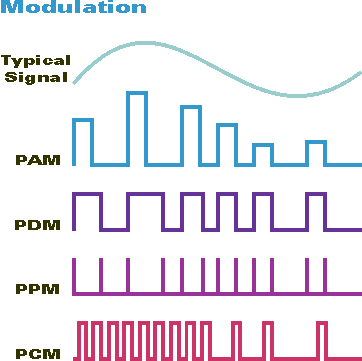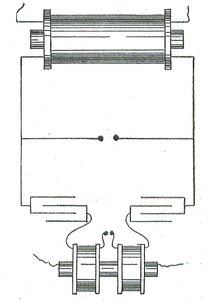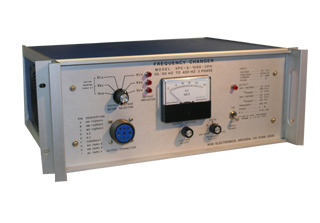Pulse position modulation is a signal modulation technique that allows computers to share data by measuring the time each data packet takes to reach the computer. It is often used in optical communication, such as fiber optics, in which there is little multi-pathway interference. Pulse position modulation exclusively transfers digital signals and cannot be used with analog systems. It transfers simple data and is not effective at transferring files.
How Pulse Position Modulation Works
Pulse position modulation works by sending electrical, electromagnetic, or optical pulses to a computer or other device in order to communicate simple data. It requires both devices to be synchronized to the same clock so that when a series of pulses is sent, the device decodes the information based on when the pulses were broadcasted. Alternately, another form of pulse position modulation known as differential pulse position modulation, allows all signals to be encoded based on the difference between broadcast times. This means that a receiving device only has to observe the difference in arrival times in order to decode a transmission.
Applications
Pulse position modulation has many purposes, especially in RF (Radio Frequency) communications. For example, pulse position modulation is used in remote controlled aircraft, cars, boats, and other vehicles and is responsible for conveying a transmitter’s controls to a receiver. Each pulse’s position may describe an analogue controller’s physical direction, while the number of pulses may describe the number of possible commands that the device may receive.
Advantages
Pulse position modulation conveys simple commands that other forms of signal modulation are either simply not made for or are too complex to use in certain situations. Because pulse position modulation only communicates simple commands from a transmitter to a receiver, it is often used in lightweight applications due to its low system requirements.
Disadvantages
Pulse position modulation requires that both devices are synchronized or differential pulse position modulation is used. Also, pulse position modulation is highly sensitive to multi-pathway interference, such as echoing, that can disrupt a transmission by altering the difference in arrival times of each signal.




Prakazh Kumar
Can i get a detailed overview of ppm in radio control ?
Pankaj Upreti
hahaaaaaaaaa